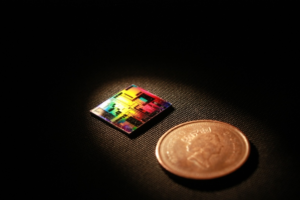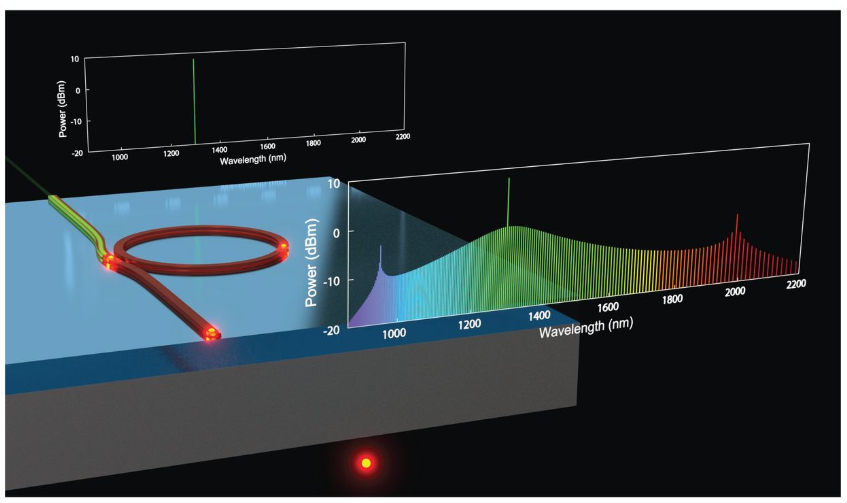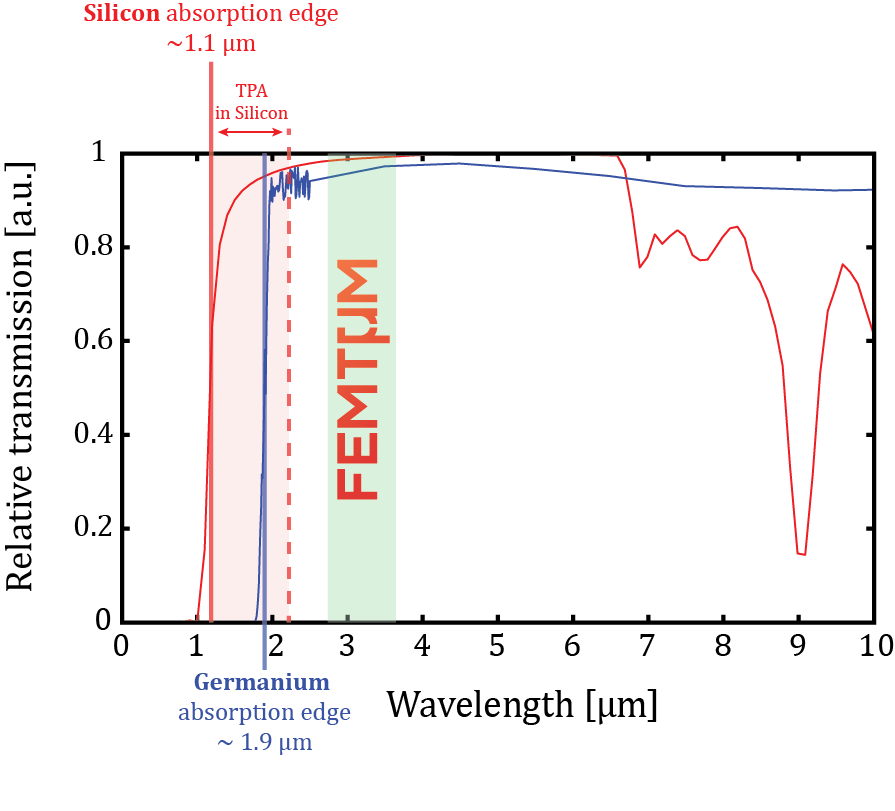Photonic integrated circuits (PICs) figure as one the most promising photonic technologies of the 21st century. Lets find out how mid-infrared fiber lasers can play a significant role in the development of these technologies.
The advent of integrated photonics
Semiconductor materials like silicon and germanium are among the most widely used material in the electronic industry. Recently, efforts have been made to adapt CMOS foundries for the development of integrated photonic devices, one of the major trends in the photonic industry nowadays. With the use of photons instead of electrons, photonic integrated circuits (PICs) based on silicon, germanium or other semiconductor materials enable the development of ultra-compact, low-cost transceivers, switches and sensors with higher capabilities than their electronics counterparts. These devices are likely to play an important role in the coming Internet of Thing (IoT) era. Some people even dream of a photonic world where most of the actual electronic components are replaced by photonic devices!

The mid-infrared (mid-IR) spectral region (2-20 µm) presents significant growth opportunities for photonic integrated circuits, especially for sensing and nonlinear applications.
Sensing applications
The mid-IR covers the most important spectral signatures of molecules, making this band the ideal fingerprint region for molecular sensing. PICs can thus be optimized to develop compact, on-chip sensors for environmental monitoring, industrial process control or even medical diagnosis.

Nonlinear optics
Silicon and germanium are strong nonlinear materials that are mostly transparent in mid-IR. Moreover, the waveguiding nature of photonic integrated circuits leads to a strong confinement of the light propagating inside the device. Novel nonlinear effects like four-wave mixing and stimulated Raman and Brillouin scattering can be significantly enhanced by the endless flexibility in design of PICs in the mid-IR. For instance, compact supercontinuum and optical frequency combs have already been demonstrated using nonlinear PICs [3,4]. Unfortunately, these nonlinear effects are attenuated by free-carrier absorption and dispersion resulting of two-photon absorption (TPA) in the waveguide when near-infrared lasers (wavelength < 2.2 µm) are used in the experiment. This major problem could thus be circumvented by the use of mid-IR lasers emitting above 2.5 µm.

Mid-IR fiber lasers for lab-on-a-chip applications
Up to now, demonstrations of photonic integrated circuits in the mid-infrared are limited due to the lack of simple, compact, and high-power lasers in the mid-infrared.
At Femtum, we address this limiting issue by offering the first fiber lasers and amplifiers in the mid-infrared. Our lasers and amplifiers generate high power, electronically tunable light from 2.8 to 3.6 µm and give the flexibility and simplicity that allow researchers to concentrate on their lab-on-a-chip applications in the mid-IR. With fiber beam delivery and near-perfect output beam quality, Femtum lasers can be efficiently coupled to photonic integrated circuits. Femtum mid-IR amplifiers can also be paired with existing semiconductors or interband cascade lasers to boost the optical power and make the setup even more rugged and compact.

